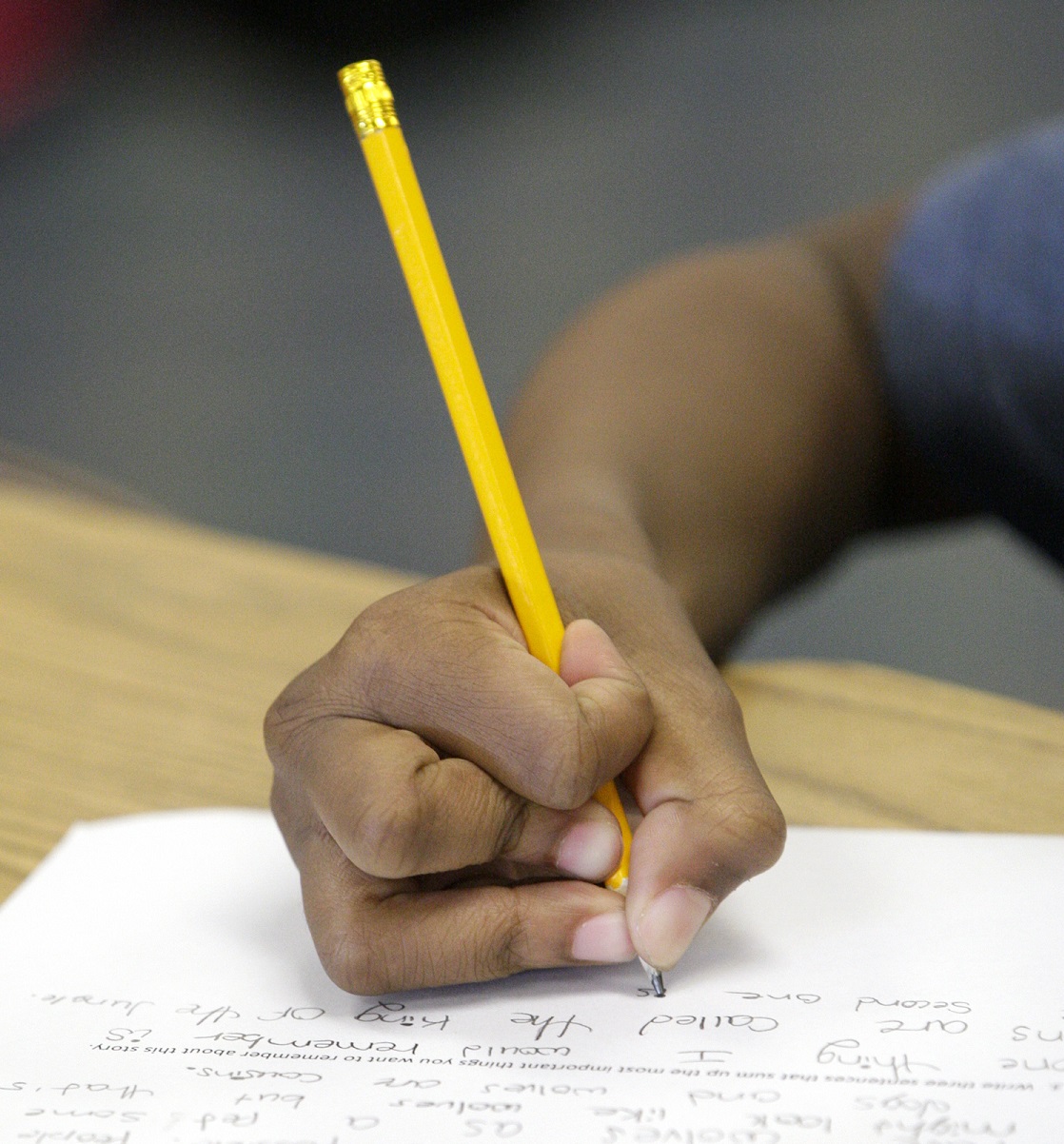School districts could see 2 percent increase in general education revenue

General education revenue is the primary source of operating funds for Minnesota’s public schools and is used to pay for necessities like staff salaries and supplies. Over the years, that funding hasn’t kept pace with inflation.
In an effort to change that, HF843, would increase the general education basic formula allowance by 2 percent per year for fiscal years 2022 and 2023. It would also link future increases in the basic formula allowance to the inflation rate as measured by the Consumer Price Index.
The bill, sponsored by Rep. Zack Stephenson (DFL-Coon Rapids), was held over Wednesday by the House Education Finance Committee for possible omnibus bill inclusion. There is no Senate companion.
“If you want to have a great education system, you have to pay for it,” Stephenson said. “The problem is, in inflation-adjusted dollars, state funding for public schools is lower now that it was in 2003.”
“What the Legislature is doing now, and what the state has been doing for the last several years, has been just ignoring a simple law of economics, things cost more as time goes on, and we shouldn’t do that,” he said.
Currently, each school receives $6,567 per pupil unit. The proposed increase would raise that amount to $6,698 for fiscal year 2022 and to $6,832 for fiscal year 2023.
An increase in funding would give districts more financial stability, help provide for continuity in staffing and help districts with pandemic-related issues, Stephenson said.
Noting that inflation isn’t always predictable, Rep. Sondra Erickson (R-Princeton) cautioned against tying the basic formula allowance to it. She also asked Stephenson, “Where would you propose that we reduce spending in other areas so we could do this due diligence to K-12 education?”
Stephenson argued that education should be prioritized, and it wouldn’t necessarily mean offsets are needed in other budget areas.
“I don’t know that, that scarcity mindset is necessarily appropriate,” he said. “I also think that we have to recognize that our prosperity and quality of life in Minnesota is driven by educational investments, they are important, and we have to prioritize them.”
Related Articles
Search Session Daily
Advanced Search OptionsPriority Dailies
Speaker Emerita Melissa Hortman, husband killed in attack
By HPIS Staff House Speaker Emerita Melissa Hortman (DFL-Brooklyn Park) and her husband, Mark, were fatally shot in their home early Saturday morning.
Gov. Tim Walz announced the news dur...
House Speaker Emerita Melissa Hortman (DFL-Brooklyn Park) and her husband, Mark, were fatally shot in their home early Saturday morning.
Gov. Tim Walz announced the news dur...
Lawmakers deliver budget bills to governor's desk in one-day special session
By Mike Cook About that talk of needing all 21 hours left in a legislative day to complete a special session?
House members were more than up to the challenge Monday. Beginning at 10 a.m...
About that talk of needing all 21 hours left in a legislative day to complete a special session?
House members were more than up to the challenge Monday. Beginning at 10 a.m...